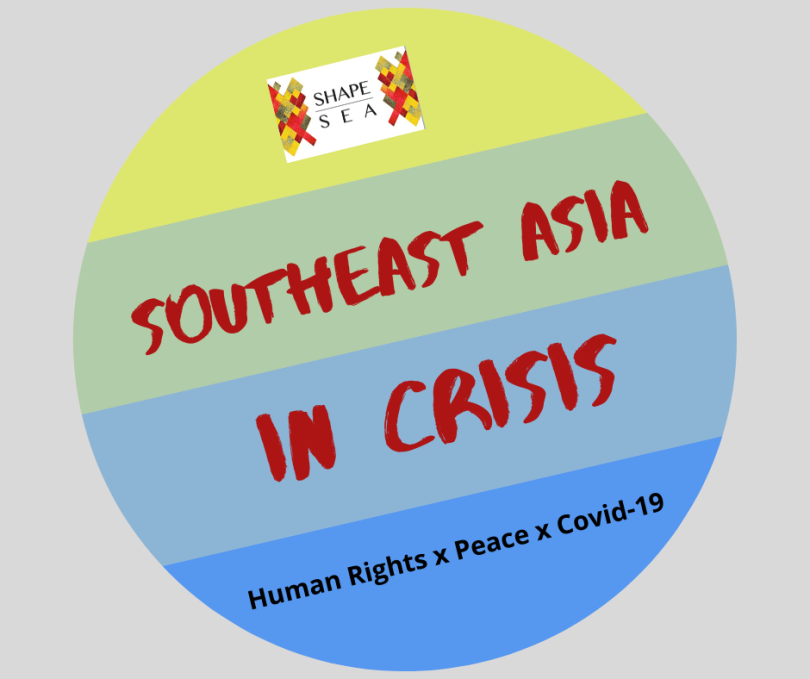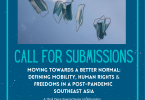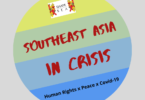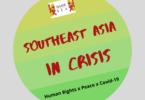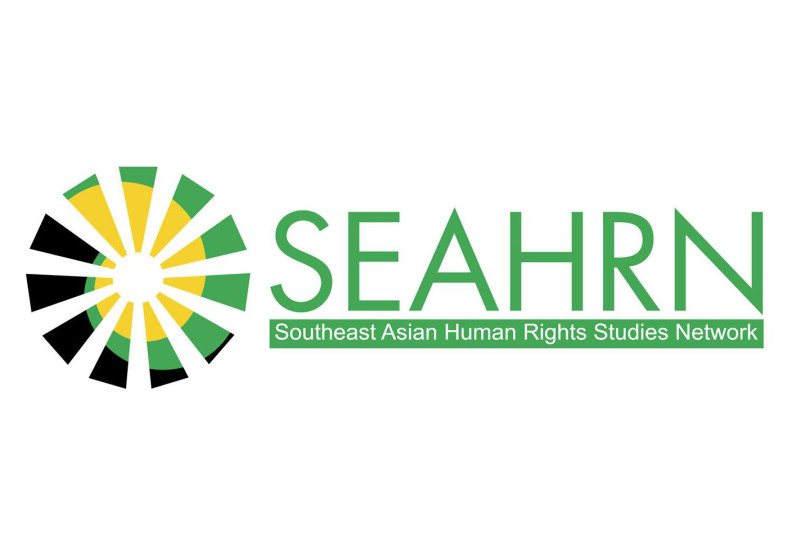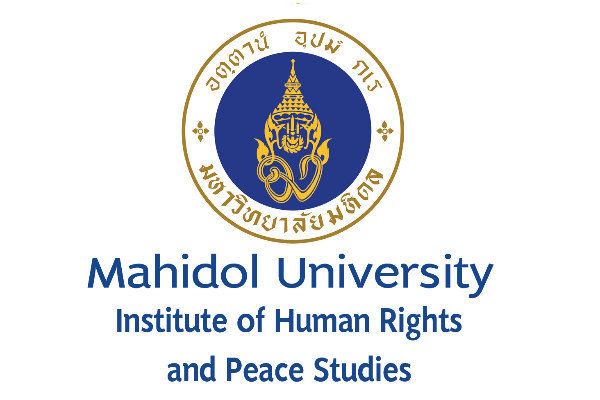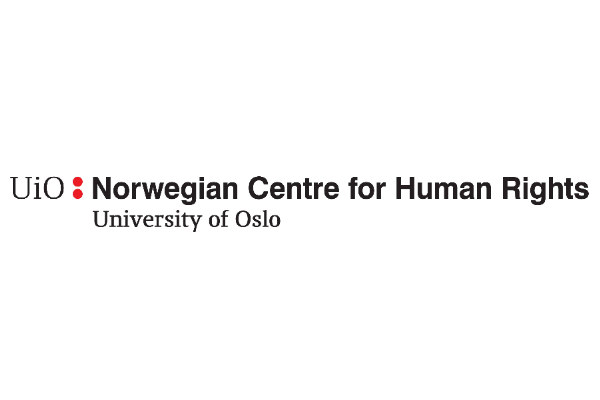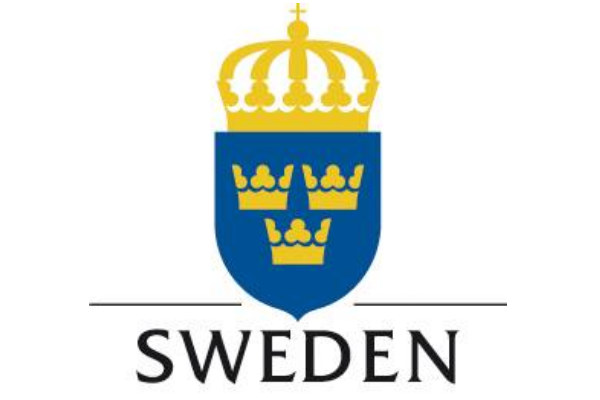George Mitchell Silva Guerrero
Juris Doctor (Candidate), College of Law, University of the Philippines.
Former Vice Chair of the Philippine Law Journal Editorial Board.
Editor, Institute of International Legal Studies, University of the Philippines Law Center
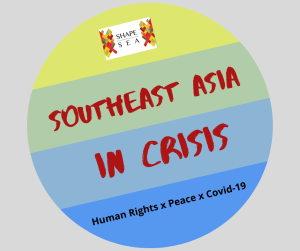 Transparency is the cornerstone of every liberal democracy. Knowledge on matters of state affairs enables citizens to participate in nation-building, to hold government to account, and to guide their decision-making. While the right to know is already valuable under ordinary circumstances, it takes on a completely different level of significance during a global pandemic—when everyone lives under a cloud of great uncertainty. In the midst of a public health emergency, what, when, and how the state communicates information to the public would affect public confidence and reaction to government policy.
Transparency is the cornerstone of every liberal democracy. Knowledge on matters of state affairs enables citizens to participate in nation-building, to hold government to account, and to guide their decision-making. While the right to know is already valuable under ordinary circumstances, it takes on a completely different level of significance during a global pandemic—when everyone lives under a cloud of great uncertainty. In the midst of a public health emergency, what, when, and how the state communicates information to the public would affect public confidence and reaction to government policy.
In the Philippines, this entitlement to transparency is constitutionally entrenched in the Bill of Rights. The charter provides, “The right of the people to information on matters of public concern shall be recognized. Access to official records, and to documents, and papers pertaining to official acts, transactions, or decisions, as well as to government research data used as basis for policy development, shall be afforded the citizen, subject to such limitations as may be provided by law.” (Constitution art. III, § 7.). This fundamental right is implemented in the Executive Branch by Executive Order No. 2 (2016). Moreover, the principle has been invoked in caselaw on multiple occasions (See, e.g., Legaspi v. Civil Service Commission [1987]; Valmonte v. Belmonte [1989]; Gonzales v. Narvasa [2000]).
The Philippine Government, for the most part, has been actively sharing information with the public. In the course of Enhanced Community Quarantine (ECQ) imposed on the island of Luzon, the President’s midnight addresses have become a fixture. Daily tallies of confirmed coronavirus cases, as well as recoveries and fatalities, are reported. State agencies, like the Department of Health and the University of the Philippines, have online portals with a more detailed presentation of facts and figures. Reports on capacity-building improvements are also routinely made. On that score, the state has been more than compliant with the transparency requirement.
The Government has been communicating, if vaguely, the next steps it would take on quarantine policies, economic recovery, and enforcement of regulations. For example, presidential surrogates have been indicating a lifting of the ECQ and proposing the reopening of businesses. These propositions are, of course, linked to improvements in numbers both of infection containment and health infrastructure capacity.
What is sorely missing, however, in this public discussion is context. No performance indicators are mentioned which would trigger the policy shift. Again, while the state’s sharing of raw data is admirable, it would appear to be nothing more than a data dump sans context.
Without the public knowing what numbers indicate that the curve has “flattened”, how could it feel confident that reopening businesses would be a good idea? While people may know that bed capacity, public health workforce, and personal protective equipment stocks are increasing, without knowing what the targets are, how could they feel secure that the nation is ready for potential surges in infection rates in the future? On the other hand, if they feel overconfident in the contextless numbers, people might be lulled into complacency, unaware that the capacity-building improvements may not have been enough.
The right to information is not a static right; it is not meant to merely apprise. Citizens are equipped with knowledge in order to spur them to action—reasonable and informed courses of action.
In this climate of great uncertainty, it is not enough to have information. These precarious times make public cooperation (and public demands for better alternatives) matters of life and death for a great many. The public must see the whole picture—information in full context—in order to be effective citizens in the midst of contagion.
References:
Const. art. III, § 7.
Exec. Order No. 2 (2016). Operationalizing in the Executive Branch the People’s Constitutional Right to Information and the State Policies to Full Public Disclosure and Transparency in the Public Service and Providing Guidelines Therefor.
Legaspi v. Civil Service Commission, 234 Phil. 521–37 (1987); Valmonte v. Belmonte, 252 Phil. 264–79 (1989); Gonzales v. Narvasa, 392 Phil. 518–31 (2000).
Presidential Communications Operations Office, Transcripts, https://pcoo.gov.ph/transcripts/.
Department of Health, COVID-19 Tracker Philippines, https://ncovtracker.doh.gov.ph/?fbclid=IwAR0koYoUMzkioDm3JykO48p6Pf6c1DQs8641SqFQhGJl9zmXWBzPGIeZ1zA .
University of the Philippines Resilience Institute, UPRI EndCOV Dashboard, https://endcov.ph/dashboard/.
Gillan Ropero, Gov’t Eyeing ‘Selective Quarantine’ If COVID-19 Parameters Met: Task Force Chief, (Apr. 12, 2020, 10:43 A.M.), https://news.abs-cbn.com/news/04/12/20/govt-eyeing-selective-quarantine-if-covid-19-parameters-met-task-force-chief.
CNN Philippines Staff, Duterte Adviser Bats for Gradual Reopening of Malls, Restaurants, Public Transport after Luzon Lockdown, (Apr. 16, 2020 12:45 P.M.), https://www.cnnphilippines.com/news/2020/4/16/malls-restaurants-public-transport-gradual-operations-COVID-lockdown.html.


